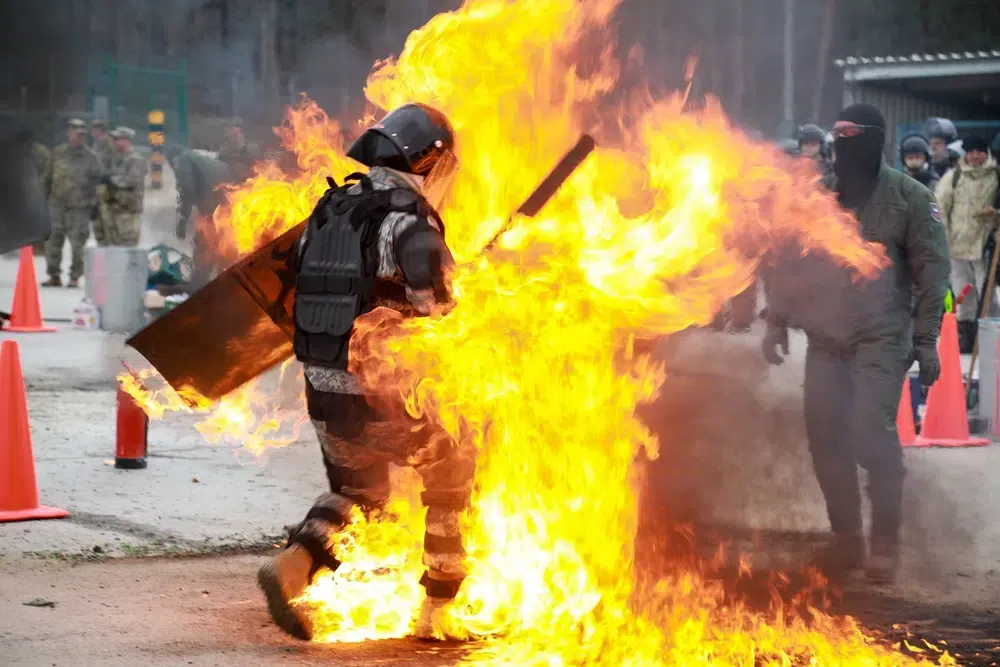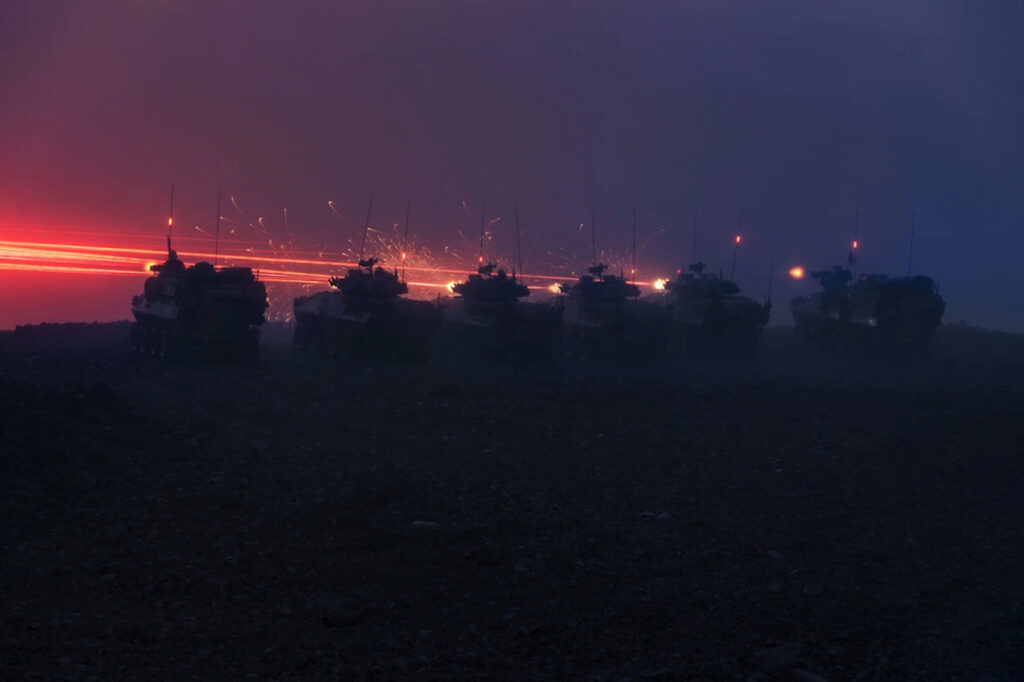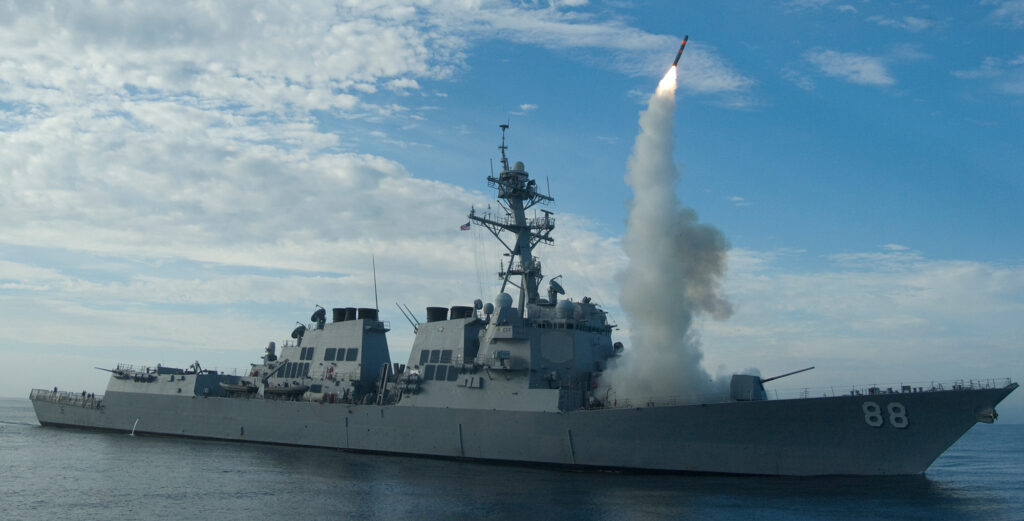There is a great streak of ingenuity that runs through the American people. The phrase improvise, adapt, and overcome is intertwined into our military culture for a reason. Our troops are pros at improvisation and they improvise on a regular basis even when it comes to their weapons.
Weapon improvisation has a role in a number of circumstances. Sometimes the weapons issued by a military force are not the best option for the task at hand and other times, the best option might not be. This is where you improvise and have to make do with what you have, and if you do it right, you’ll always overcome the situation.
Today we are going to look at five examples of how our fighting men improvised, adapted, and overcame when it came to their weaponry.
The Marines’ Stinger
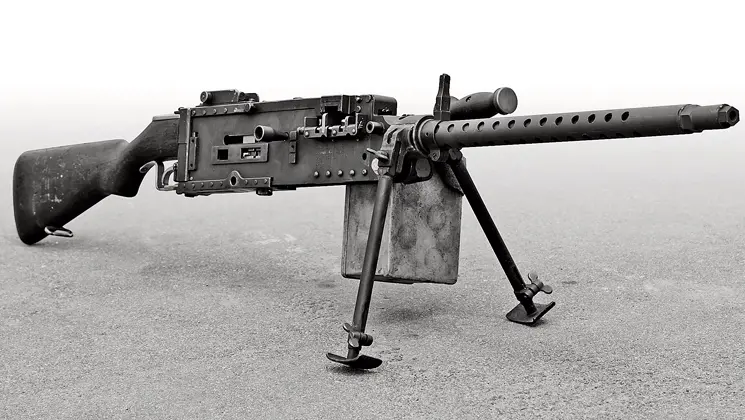
The Pacific Campaign in WWII involved brutal jungle warfare. Jungle ambushes are tough to fight through as hidden attackers wait to fight to the death. The best way to defeat an ambush is with sudden, overwhelming firepower– for an infantryman, this means using a machine gun.
The machine gun of the era, the Browning M1911, specifically the M1919A6, was a passable weapon but it suffered from having an old and boxy design and the infantry variant weighed 35 pounds. A few enterprising Marines quickly discovered that the aircraft variant of the M1919, the .30 AN/M2, weighed 21 pounds, plus, its firing rate was a blistering 1,500 rounds per minute. So, they picked through aircraft graveyards and began building an infantry version of the .30 AN/M2.
This improvisation led to the Stinger which featured a Garand stock, BAR sights, a redesigned solenoid trigger, and a bipod. These enterprising Marines made six of the guns and used them heavily in Iwo Jima. Marine Corporal Tony Stein earned the Medal of Honor wielding a Stinger in the initial assault on Iwo Jima where he demolished Japanese pill boxes and killed 20 Japanese soldiers.
Related: Operation Union 1 and 2 – Marines fighting behind French lines in WWII
A radical M1911 for pilots
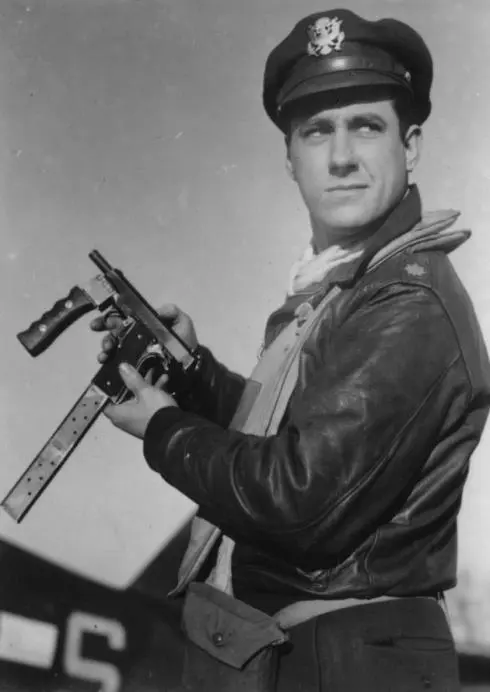
Pilots in World War II were lucky if they were armed with an M1911 and a Savage-Stevens survival rifle, but that wasn’t a lot of firepower if they found themselves shot down in enemy territory.
Army Air Corps, and later Air Force officer and pilot, David Schilling, was known to be a tinkerer. While stationed in Europe and becoming a fighter Ace, he found time to enhance his service pistol.
Schilling took a standard 45 ACP M1911 and began working on it. He extended the magazine to 20 rounds, added a forward grip to the gun, and converted it to full auto. His little micro-machine gun could cycle insanely fast and throw a ton of .45 ACP. This was surely enough to suppress a capture party long enough for the pilot to escape.
Although Schilling may not have explicitly enhanced his pistol for that purpose, since he was at heart a tinkerer, his design is fascinating.
Related: The Air Force pilot who survived a leap from space
A chopped RPD to fight against Vietnamese ambushes
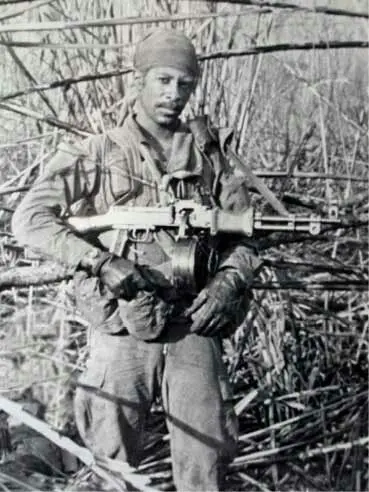
During the Vietnam War, the elite MACVSOG were given a lot of leeway. They often fielded the best and most modern guns America had to offer, but those weren’t always the best for their unique job. For example, the era’s squad support weapon was the M60, which was somewhat large, heavy, and had massive recoil. The men of MACVSOG needed belt-fed firepower, but they needed something more compact than the M60.
By hook or crook, MACVSOG acquired some of the enemy’s RPD light machine guns. These were 7.62x39mm, belt-fed, light machine guns. They were lighter and smaller than the M60, but still not small enough, so the MACVSOG men chopped their barrels off. Since these were not U.S. weapons, there wasn’t an issue with command getting mad.
These chopped RPDs were light and handy for jungle warfare but were no longer squad-support weapons for fire and movement. Instead, they had become better suited to counter ambushes. They became point-and-fire guns that allowed the troopers to send a wall of lead into a close ambush. These RPDs lacked sight, but likely produced a massive fireball when fired and sounded similar to North Vietnamese RPDs making it tough for the VC to pinpoint the location of the MACVSOG men.
Related: Still in Saigon: How a Vietnam War song can speak to all veterans
The M2 ‘sniper’ rifle
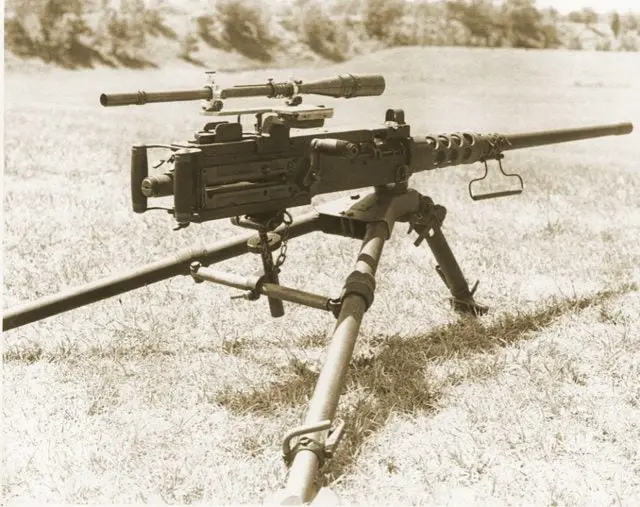
Carlos Hathcock is likely the most famous sniper to have ever lived. This Marine legend fought in Vietnam, where he became known as White Feather. He was a prolific sniper with an impressive kill count. Hathcock hunted down enemy high-value targets, often alone or occasionally with a spotter. From 1967 until 2002, he held the record for the longest-confirmed kill with his improvisation of a sniper rifle.
Gunny Hathcock took an M2 machine gun – which fired the .50 BMG round – and mounted an 8X Unertl scope to it and used a tripod stabilized by sandbags. The M2 naturally fits a tripod forming a stable platform and the sandbags made it all the more stable. This crew-served setup also fired in semi-auto and threw a very potent and capable round.
Hathcock used this gun to shoot an enemy traveling with weapons along a jungle road. The shot was fired from 2,500 yards away and still stands as the fifth farthest kill achieved by a sniper – and it wasn’t even done with a sniper rifle.
Related: How a Green Beret achieved immortality during one of the fiercest battles of the Vietnam War
The Marines’ Molotov cocktail
When Operation Phantom Fury kicked off, the Marines were faced with the daunting task of clearing the entire city of Fallujah from enemy fighters. It was a tactical nightmare. Insurgents rooted themselves in the city and traded blow after blow with the Marines. When you’re attacking, you have to often face dug-in opponents, and in that case, many jihadists were willing to be martyrs.
Marines quickly found out that the best way to flush a dug-in fighter out wasn’t with grenades or rifle fire but by fire. So they turned to an old weapon and began producing their own Molotov cocktails to clear dug-in opponents.
Marines listed their production methods in the After Action Report for the Battle of Fallujah. The best recipe is a mixture of two parts gasoline and one part liquid laundry detergent. This old-school weapon was powerful and capable as it always has been.
Read more from Sandboxx News
- Ukraine is finally getting ATACMS, the weapon that can change the war
- Debunking the ‘lost F-35’ conspiracy theories
- How to reshape the future of recruiting from America’s former top enlisted Navy official
- The Marine Corps is not struggling with recruiting and this may be due to its unique nature
- Russia’s Black Sea commander alleged dead after strike against fleet’s HQ
